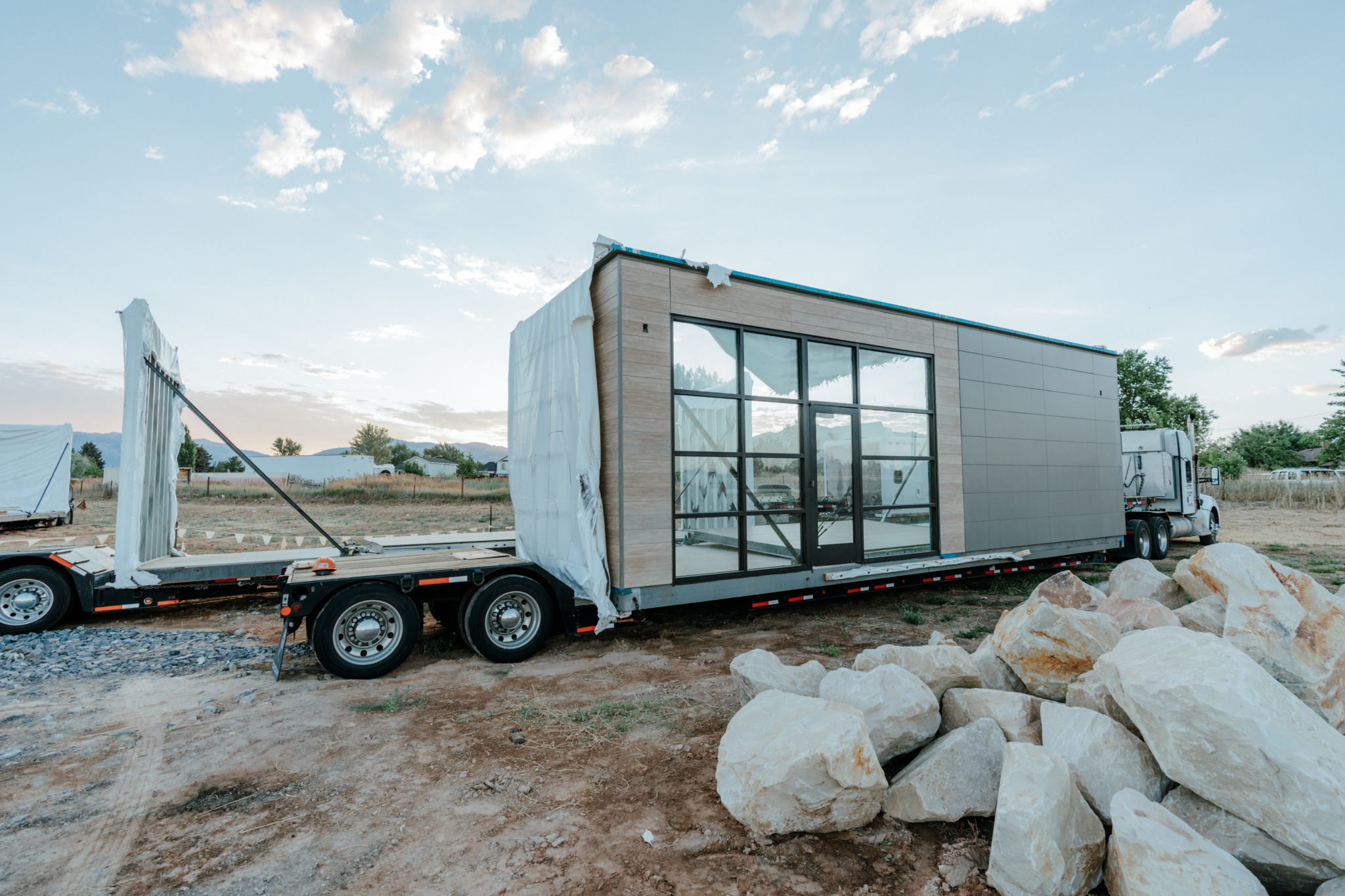Transport and Installation: The Logistics of Moving and Assembling a Prefabricated Home

Bringing a prefabricated home from the factory to its final destination involves a series of well-coordinated steps. This process combines careful planning with specialized logistics to ensure that your new home is delivered and assembled smoothly. Let’s explore the essential aspects of transporting and installing a prefabricated home. For more information, visit houzz.de.
Understanding Prefabricated Home Construction
Prefabricated homes are crafted in a factory setting, where skilled builders construct modules or sections of the home. This controlled environment allows for precision and efficiency, resulting in high-quality components. Once the modules are complete, they are prepared for transport to the construction site. This step is crucial, as it sets the stage for the subsequent logistics involved in moving and assembling your new home.
Planning the Transport Route
 Transporting a prefabricated home requires meticulous planning to ensure a safe and efficient journey. The route from the factory to your site must be carefully mapped out, taking into account the size and weight of the modules. Oversized loads may require special permits and adjustments to roadways, such as temporarily removing obstacles or arranging for police escorts.
Transporting a prefabricated home requires meticulous planning to ensure a safe and efficient journey. The route from the factory to your site must be carefully mapped out, taking into account the size and weight of the modules. Oversized loads may require special permits and adjustments to roadways, such as temporarily removing obstacles or arranging for police escorts.
Securing the Modules for Transport
Once the transport route is planned, the next step is securing the modules for their journey. Specialized transport vehicles are used to carry the large and heavy sections of the home. These vehicles are equipped to handle the dimensions and weight of the modules, with features designed to stabilize and protect the load during transit. Ensuring that the modules are properly secured helps prevent any damage during the trip.
Coordinating With Local Authorities
Working with local authorities is an essential part of the transport process. You may need to secure permits for oversized loads, which requires coordination with local transportation departments. Additionally, temporary road closures or detours might be necessary to accommodate the transport of the home. Effective communication with local officials helps manage these logistics and minimizes disruptions to the surrounding community.
Preparing the Site
Proper site preparation is crucial for the successful installation of a prefabricated home. Before the modules arrive, the site must be ready to receive them. This includes preparing the foundation, which could be a concrete slab, piers, or a crawl space, depending on local building codes and site conditions. The foundation must be level and properly aligned to support the weight of the home and ensure its stability.
Installing Utilities
Preparing for the installation of utilities is another key step in the process. Utilities such as plumbing, electrical wiring, and HVAC systems need to be ready for connection once the home modules are in place. This means that the necessary hookups and connections should be in place before the modules arrive. Proper coordination ensures that these systems are seamlessly integrated into the home.
Assembling the Home
The assembly process involves putting together the prefabricated sections on-site. Skilled crews work to connect the modules, ensuring that they fit together perfectly and that all structural elements are properly aligned. This step also includes securing the home …



